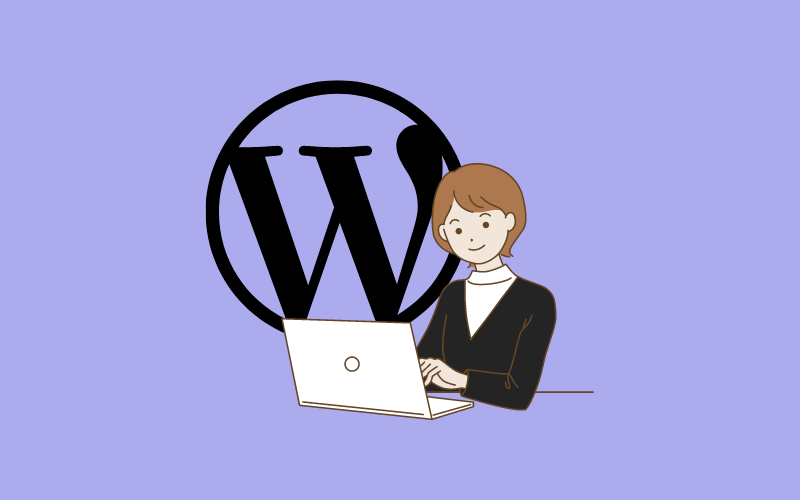Websites usually require a lot of time and money for most organizations. To ensure you’re getting the best value for both, you probably want your website to at least meet average standards, right? This leads us to an important question: what is the average lifespan of a website?
When we talk about “average website lifespan,” we mean the typical amount of time a website stays mostly the same before it needs a complete redesign.
In this article we will take a closer look at this topic, especially focusing on small businesses.
What Is the Overall Average Website Lifespan?
For our research, we decided to look at the top 500 websites from this year’s INC 5000 list, along with some of our clients’ websites.
We studied how each website was designed and laid out over a certain time period and figured out how long it usually takes between major redesigns of a website.
What did we find out?
The the Overall Average Lifespan of a Website is just 2 years and 4 months.
Lifespan of Websites Per Industry
Here’s what we discovered about how long websites tend to last in different industries based on our research:

- Agencies: 1 year, 8 months
- Beauty: 1 year, 7 months
- Construction: 5 years, 5 months
- Consumer products & services: 2 years, 8 months
- Corporate: 3 years, 6 months
- Education: 4 years, 6 months
- Energy: 3 years, 7 months
- Financial: 2 years, 2 months
- Food & beverage: 1 year, 2 months
- Health: 2 years, 1 month
- Industrial & manufacturing: 3 years, 3 months
- Media & publishing: 2 years, 1 month
- Non-profit: 2 years, 3 months
- Real estate: 2 years
- Retail: 2 years, 4 months
- SaaS: 2 years, 2 months
- Technology/IT: 1 year, 9 months
- Travel & Hospitality: 2 years, 6 months
When Should You Redesign Your Website?
These are the main reasons that determine if your website needs to be redesigned.
Competitors and Industry:
Your competitors and what’s happening in your industry are important factors to consider when thinking about redesigning your website.
As time goes on, your competitors will upgrade their websites with new features and ways to connect with customers. To keep up, you need to do the same.
If you haven’t checked out your competitors’ websites yet, now is a great time to start. It’s important to change with the industry so you don’t fall behind. Potential customers will compare your website to your competitors’, so you want to make sure your site meets their needs.
Some things to consider are making your site more modern and improving your SEO ranking so it’s better than your competitors’ sites.
Growing Business:
As a business grows, its website often needs to grow too. You can add features to an existing website, but there’s only so much you can do before it’s not enough. If your company has significantly changed its products or services, or if you’ve shifted your focus, it might be time to redesign your website.
Recently, many businesses have changed from B2B (business to business) to B2C (business to customer). This kind of change requires major updates not just to your website, but also to your entire digital marketing plan.
Technical Limitations:
Sometimes, older websites can’t keep up with the technology we use today. Small updates, like improving picture quality or fixing minor problems, can help for a bit, but major changes in tech, like the rise of mobile browsing, often mean a complete redesign is needed.
If your website isn’t mobile-friendly, takes a long time to load, or is hard to update, these are signs that it’s time for a redesign. Since most people browse the internet on their phones, having a site that looks good and works well on any device is essential.
Additionally, users expect websites to load quickly and be easy to manage. A redesign can fix these problems and provide a better experience for your visitors.
Another important factor is third-party software. If your business needs to use new tools or software that your website can’t support, it’s a clear sign that your site is outdated. A redesign can help you easily integrate these tools so your team can work more efficiently.
Security is also a major concern. As online threats increase, your website needs to have the latest security measures in place. An old website can put your business and customer information at risk. Redesigning your site can ensure you have up-to-date protection, keeping both your site and your customers safe.
Poor Planning:
If the website redesign plan was not handled well from the start, you might need to make changes sooner than you think.
The main reason website redesigns fail is poor planning. No matter how big your business is or what industry you’re in, it’s important to approach your website redesign thoughtfully. Understand what isn’t working, what is working, and what you want to achieve.
How To Extend the Lifespan of Your Website
Here are some tips for extending the lifespan of your website:
Add and Subtract Information:
Regularly refresh the content on your site to maintain relevance. Include new services, blog posts, or product details to keep your audience informed and engaged. Remove outdated or irrelevant information to prevent confusion and ensure visitors find accurate and useful details.
This ongoing content management enhances user experience and improves your site’s SEO, as search engines favor fresh, updated content.
Redesign the Front Page:
Redesign the first page that visitors see. It should quickly show what your business does and why it matters to them. A clear and organized homepage helps potential customers figure out if your brand is the right choice for them.
Replace old images with new, high-quality ones and get rid of any extra stuff that makes the page look messy. A clean and simple design makes a strong first impression for both new and returning visitors.
Remember, while these updates can give your site a fresh look for a while, a complete redesign might be needed to keep everything consistent across your whole website.
Edit the Copy:
Review the text on your website to remove unnecessary words or outdated information. Update it to accurately reflect your company’s current offerings and values.
When visitors land on your site, you need to convince them that your product or service is the best fit for their needs. Ensure the copy is relevant and aligned with what they’re searching for, showing how your solutions meet their current demands.
By regularly refining your website’s content and introducing fresh material, you build trust and loyalty with your audience while improving your visibility on search engines like Google.
Create New Assets:
Adding new photos or videos can really improve your website. Taking new pictures of products or people, or making a new video for your company, can give your site a fresh feel without needing to change the whole design.
Bringing in new content, like images or videos, can make your site look more interesting. Plus, you can use these new elements again when you decide to update your website later on.
Conversion Optimization:
To Extend your website’s lifespan Concentrate on how effectively it convert visitors into customers. Make your forms better, simplify the checkout process, and include clear call-to-action buttons to improve user experience and increase conversion rates.
Regularly analyzing and adjusting these parts will help you respond to what users want and how they behave. This strategy not only boosts sales but also builds customer loyalty, encouraging them to come back again.
You can read the article Conversion Optimization UX: 11 Best Practices to better understand this topic.
Update Your Website Navigation:
Better navigation makes using a website much easier and more enjoyable for visitors. Get rid of links that aren’t clicked often, and include important pages that users need. Having a neat and organized navigation system helps to guide visitors to the information they are looking for.
Simple menus help avoid confusion and keep users interested, making them want to explore your site more. It’s important to regularly check how the navigation is set up to ensure it stays easy to use, especially when you add new content and features.
Wrap Up
Websites don’t last forever, and their lifespan can really depend on the industry they’re in. On average, a website stays relevant for about 2 years and 4 months before it needs major updates or a complete redesign. As your business grows, your competitors get better, or new technology comes out, it’s important to keep your website updated so you can stay ahead.
If you’re facing an old design, slow loading times, or new needs for your business, a full redesign might be the best way to keep your online presence strong.
Ready for a website refresh? Contact us today for a website redesign consultation!






